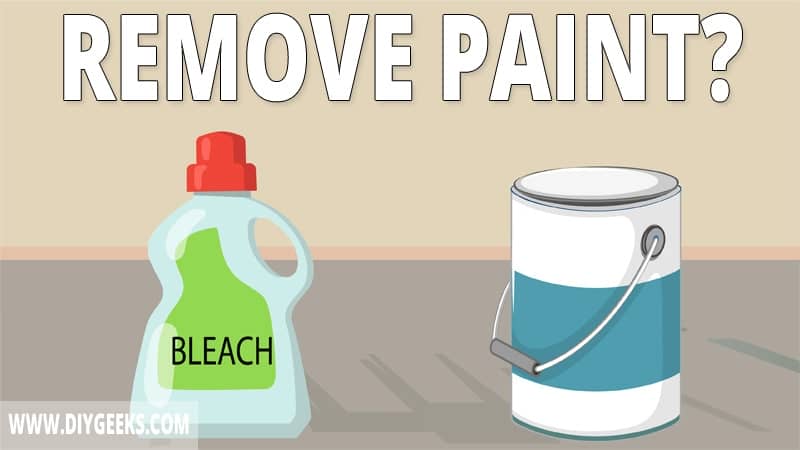Bleach is an oxidizing agent that removes stains and whiten surfaces. So, can you remove paint with bleach?
You can remove small paint stains with bleach, but it’s not recommended to. A high amount of bleach will damage or discolor the underlying surface.
Ensure to dilute bleach with water before applying it over surfaces to prevent discoloration.
Can You Damage Paint With Bleach?
You can damage paint with bleach if you leave it for too long. Bleach is an oxidizing agent and will damage the paint coating and the underlying surface.
If you want to clean a paint finish without removing it, dilute bleach with water in a ratio of 5:1 (5 parts water to 1 part bleach) before applying it. Diluted bleach will remove dirt, stains, or grease from the paint finish without affecting the coating.
However, there are better alternatives to cleaning the paint than using bleach.
Can You Remove Dried Paint With Bleach?
You can remove dried paint with bleach, but it’s not recommended to. Bleach doesn’t properly remove a paint finish, it removes a few parts of it and leaves an uneven finish.
If you apply too much bleach over a paint finish, the underlying surface will get discolored, stained, or damaged. Use mineral spirits, turpentine, or rubbing alcohol to remove dried paint finishes.
How To Remove Paint with Bleach?
To remove paint with bleach, do the following things.
- Scrape the Paint Off.
- Dilute Bleach.
- Apply Bleach.
- Clean the Surface.
Bleach has minimal effect over oil-based or sealed paint finishes, and shouldn’t be the first option for paint removal. We recommend using different paint removers as bleach can damage the underlying surface.
Tip: Only use laundry bleach to remove small paint stains. Don’t use sodium or calcium hypochlorite bleach as it’s too strong for most surfaces.
The tools you need for this project are listed below.
- Laundry Bleach
- Paint Scrapper (or a Metallic Putty Knife)
- Rags
- Dish Soap
- A Bucket of Water
- Soft Brush
- Paint Bucket (Optional)
1. Scrape The Paint Off
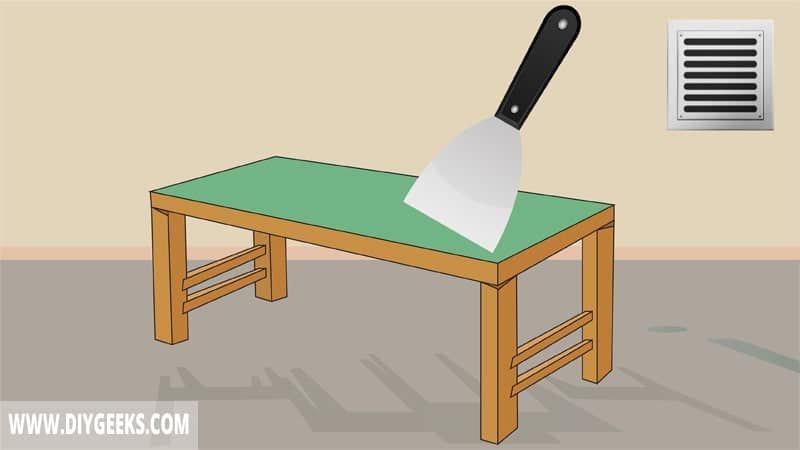
Scrape the paint from the surface to leave less paint volume for bleach to remove. Put the paint scraper under the paint coating and lift it repeatedly until the paint is removed.
Note: Ensure to work outside or provide proper ventilation when using bleach.
2. Dilute The Bleach
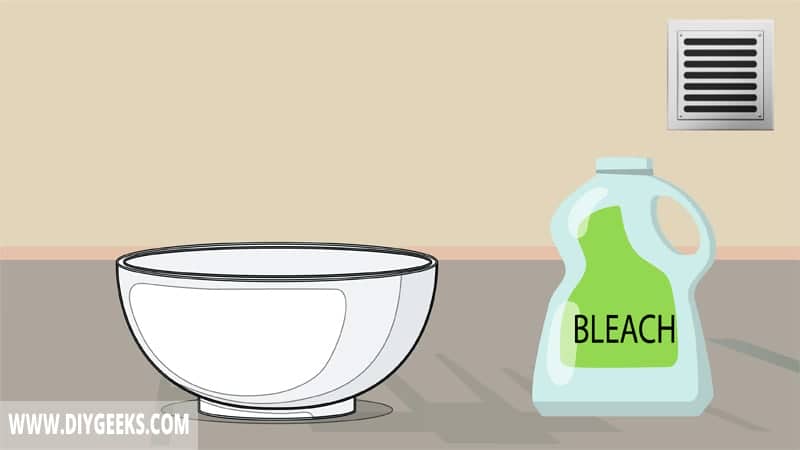
Dilute bleach with water to degrease its concentration and prevent surface damage. Undiluted bleach can damage or discolor the underlying surface.
To dilute bleach, use a ratio of 5:1 (5 parts water to 1 part bleach).
3. Apply The Bleach
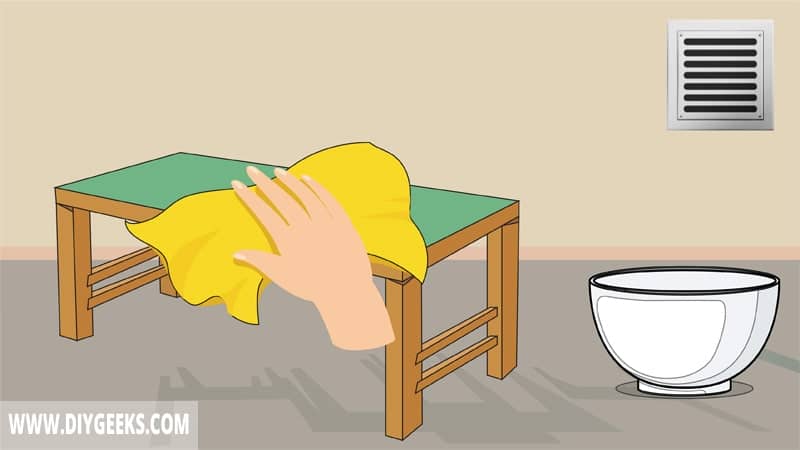
Douse a rag with the diluted bleach and use the dampened rag to wipe the paint finish. Wait around 5-7 minutes, wipe the bleach off with clean water, and scrub the painted spot with a scrubbing brush.
If bleach can’t remove the paint stains, use a different paint-remover product as increasing the bleach concentration will only damage the surface.
5. Wash the Surface
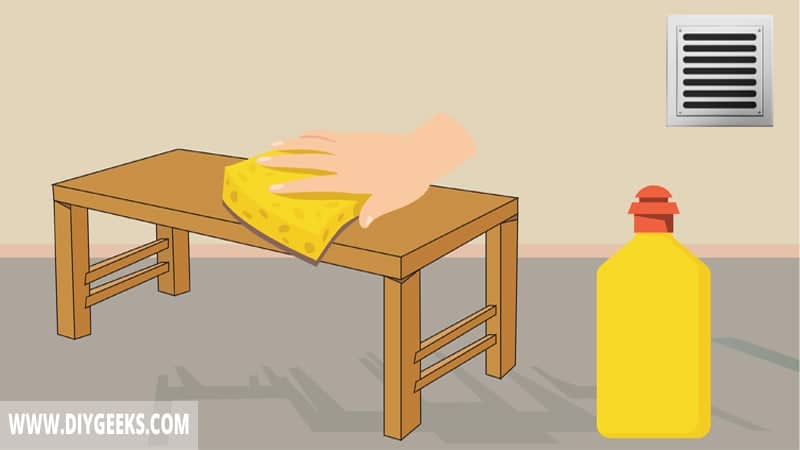
Wash the surface to remove bleach residue as it can damage the underlying surface if left for too long.
To remove bleach residue, do the following things.
- Mix warm water with soap.
- Pour the warm soapy water over the surface.
- Use a soft sponge to remove (clean) the surface and bleach.
- Pour clean water over the surface.
- Allow the surface to dry.
[sc name=”bleachremovepaint”]
